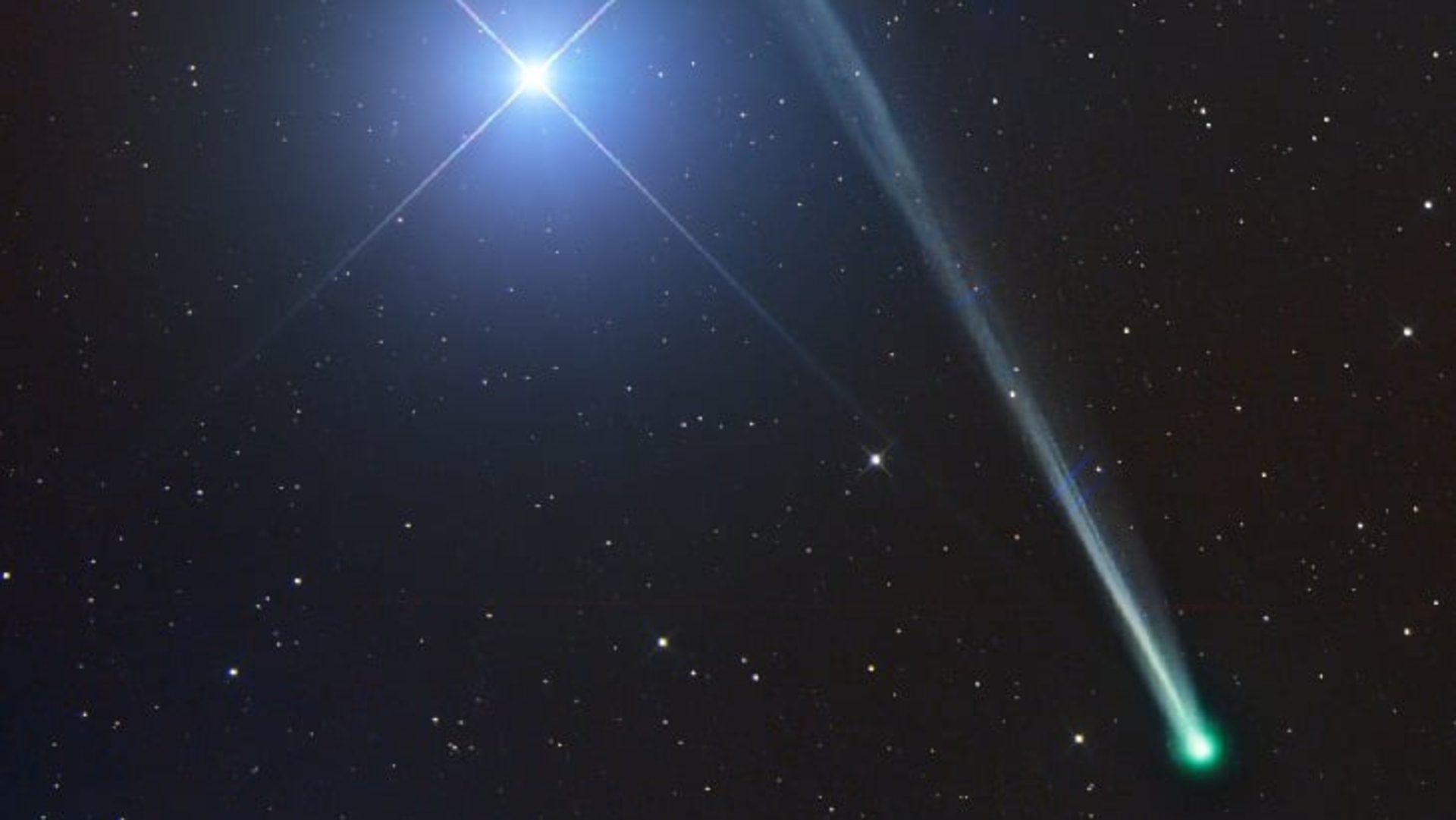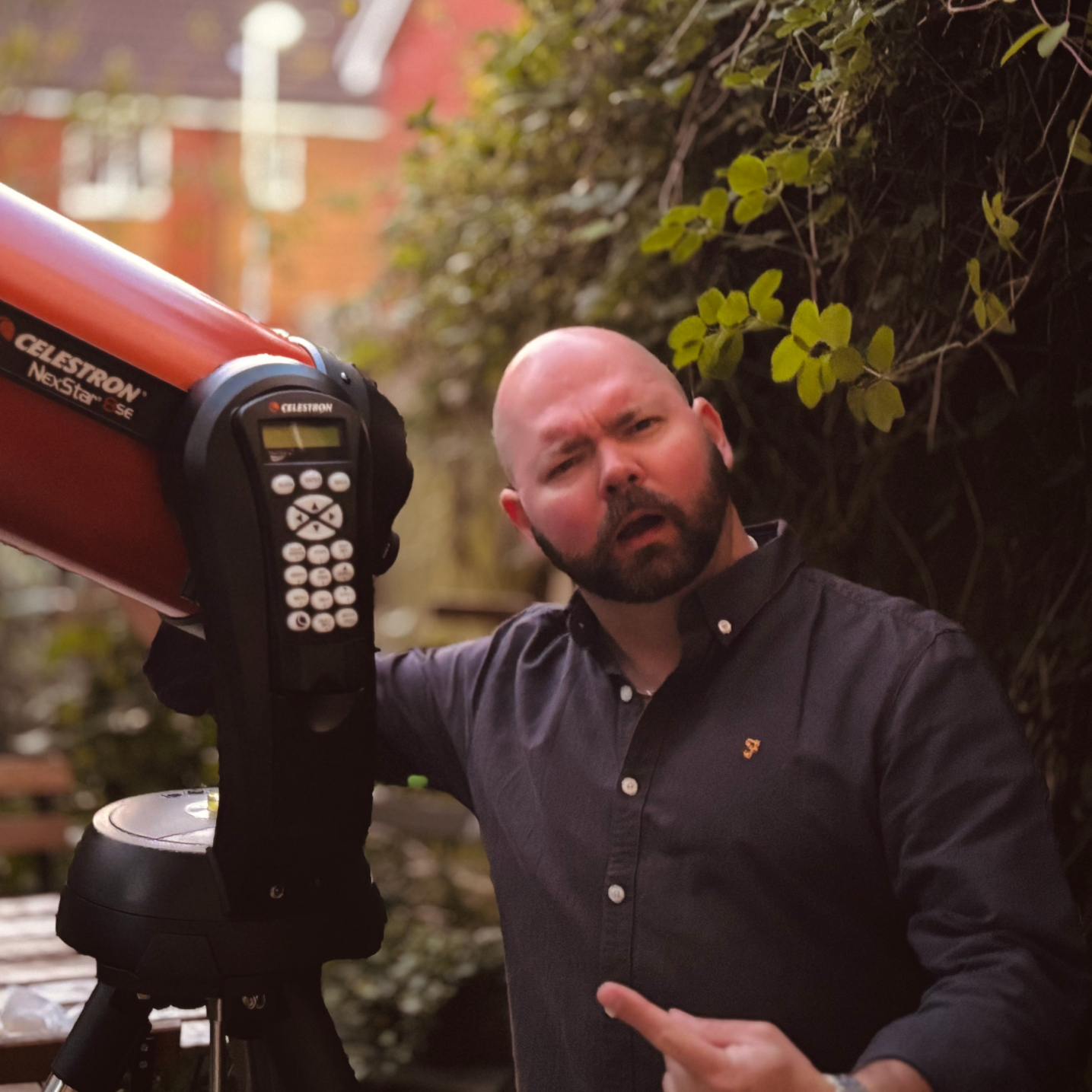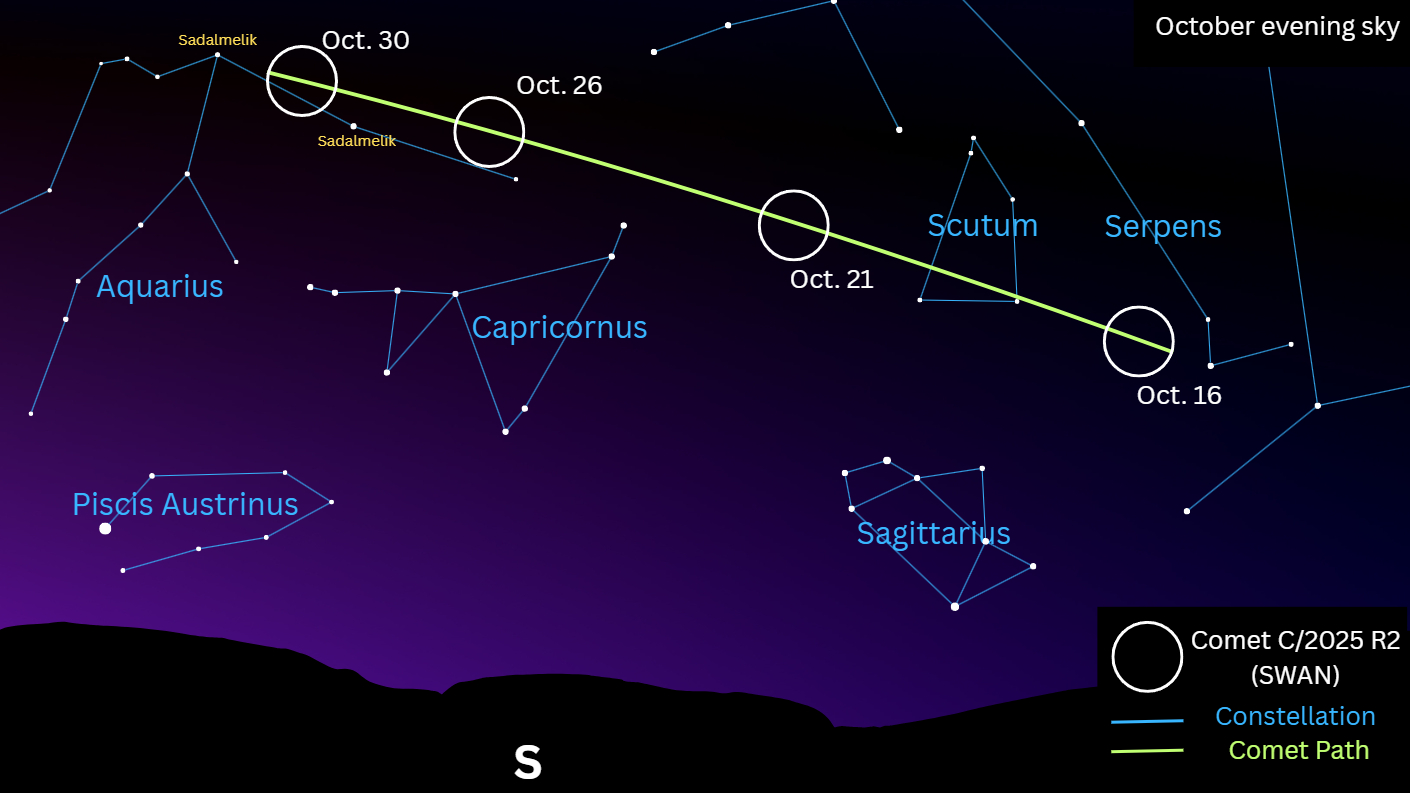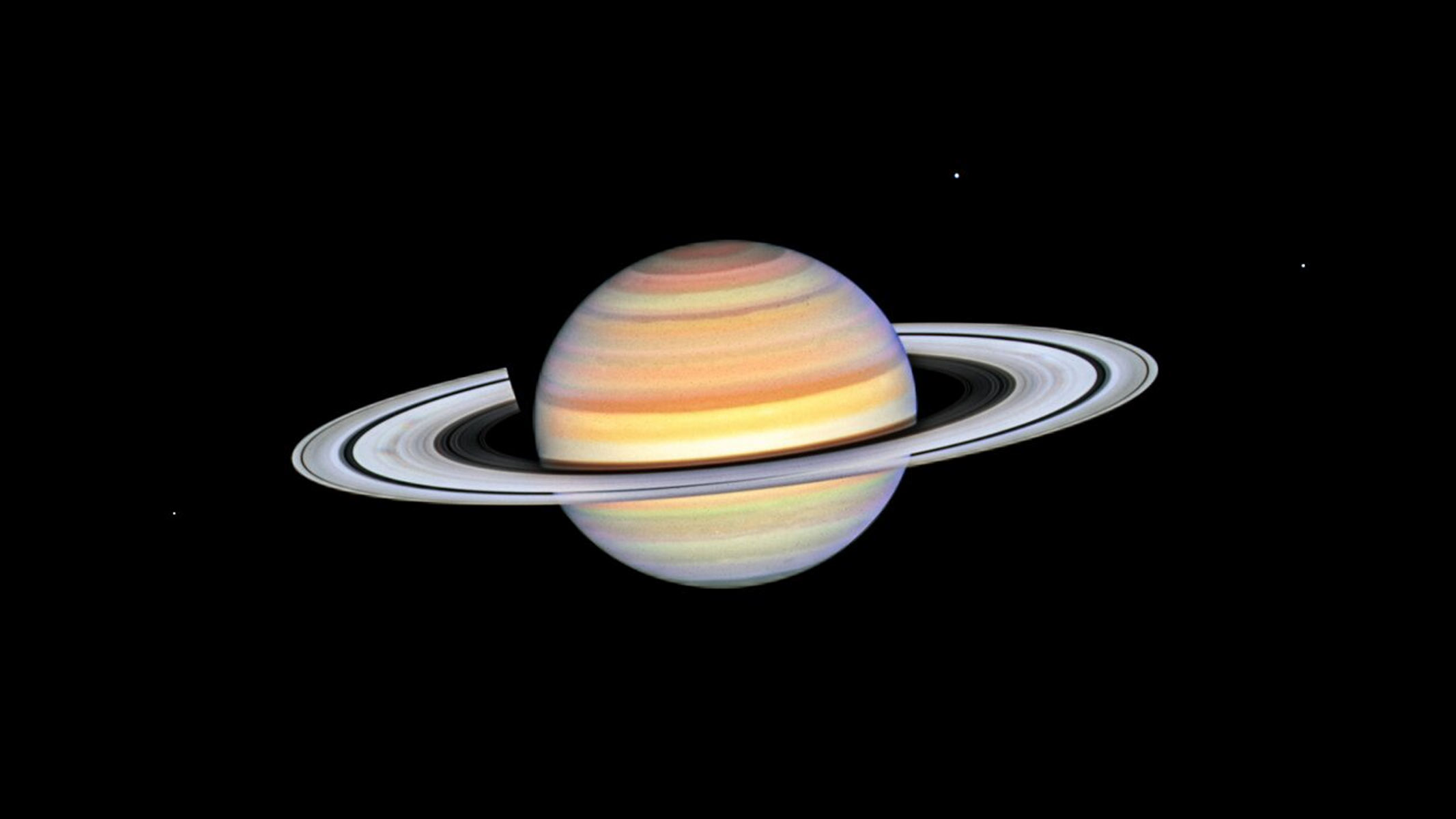How to see Comet C/2025 R2 (SWAN) shine in the October sky
Comet C/2025 R2 (SWAN) will make a close flyby of Earth on Oct. 21.

A bright new solar system comet could put on a show in the October night sky as it zooms past Earth.
Comet C/2025 R2 (SWAN) was discovered on Sept. 10 by Ukrainian amateur astronomer Vladimir Bezugly. It has brightened significantly since then, raising hopes that it could become a naked eye comet around the time that it makes its closest approach to Earth later this month on Oct. 21.
As it draws close to the sun, the heat from our star causes frozen materials present in the comet's nucleus to turn from a solid directly into a gas, in a process known as sublimation. The resulting gaseous shell is then blown away by the solar wind, creating a long tail of dust and gas that reflects the sunlight, creating a cosmic spectacle that could, if we're lucky, be visible to the naked eye from Earth.
C/2025 R2 (SWAN) made its closest approach to the sun — a point known as perihelion — on Sept.12, when it passed a little under 47 million miles from the sun, or roughly half Earth's average orbital distance.
Magnitude is the scale used to measure the apparent brightness of objects in the night sky. The lower the number, the brighter the object! For context, the brightest stars are around Mag +1, while a full moon is -13 and the sun is -27.
Recent observations collected by the Comet Observation Database (COBS) run by the Crni Vrh Observatory in Slovenia have placed C/2025 R2 (SWAN)'s brightness at magnitude 5.6, meaning that could already be visible as a very faint naked eye object under perfectly dark skies. For context, the human eye is capable of detecting night sky objects with a magnitude lower than +6 under ideal conditions. (The brighter an object, the lower its magnitude.) The comet will be much easier to spot through a pair of binoculars or a telescope.
How to find Comet C/2025 R2 (SWAN) in the October night sky
Comet C/2025 R2 (SWAN) can be found in the evening sky throughout October and is best spotted in the hours following sunset, before it sinks low on the south-southwest horizon. On Oct. 16, the comet will be positioned approximately 5 degrees to the upper left of the star Xi Serpentis in the eastern section of the constellation Serpens. A stargazing app on your mobile device can help you locate the comet if you're unfamiliar with these stars.
The following week will see C/2025 R2 (SWAN) pass above the famous "teapot" asterism in the constellation Sagittarius to pass through the stars of the constellation Scutum.
Breaking space news, the latest updates on rocket launches, skywatching events and more!
By the end of the month, the wandering solar system body will be visible above the southern horizon, between the bright stars Sadalmelik and Sadalsuud in the constellation Aquarius, with the half lit moon shining below.
Stargazers hoping to catch a glimpse of C/2025 R2 (SWAN) should read our roundups of the best binoculars and telescopes for viewing the night sky, while those looking to image the wanderer should read our guide to imaging a solar system comet with a DSLR camera.
Editor's Note: If you capture an image of Comet C/2025 R2 (SWAN) and want to share it with Space.com's readers, then please send your photo(s), comments, and your name and location to spacephotos@space.com.

Anthony Wood joined Space.com in April 2025 after contributing articles to outlets including IGN, New Atlas and Gizmodo. He has a passion for the night sky, science, Hideo Kojima, and human space exploration, and can’t wait for the day when astronauts once again set foot on the moon.
You must confirm your public display name before commenting
Please logout and then login again, you will then be prompted to enter your display name.

